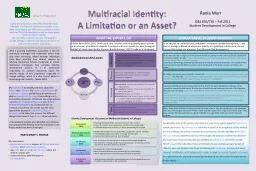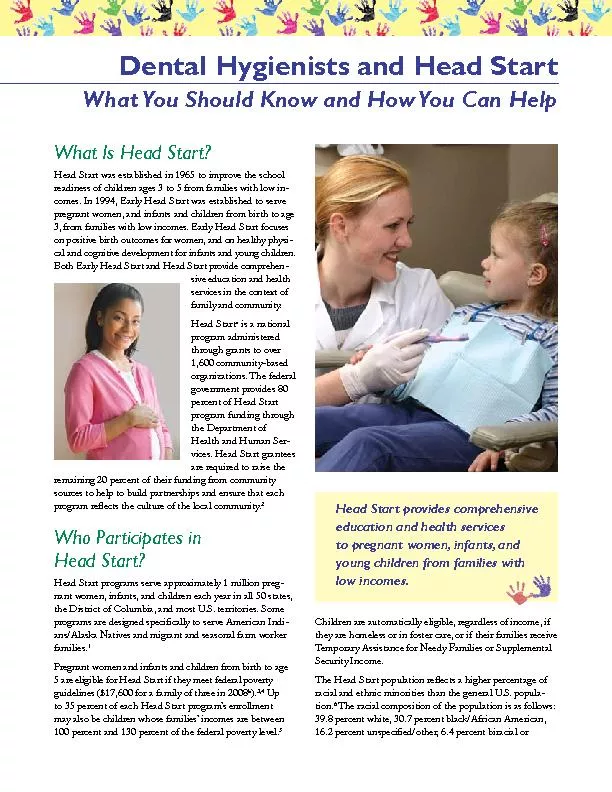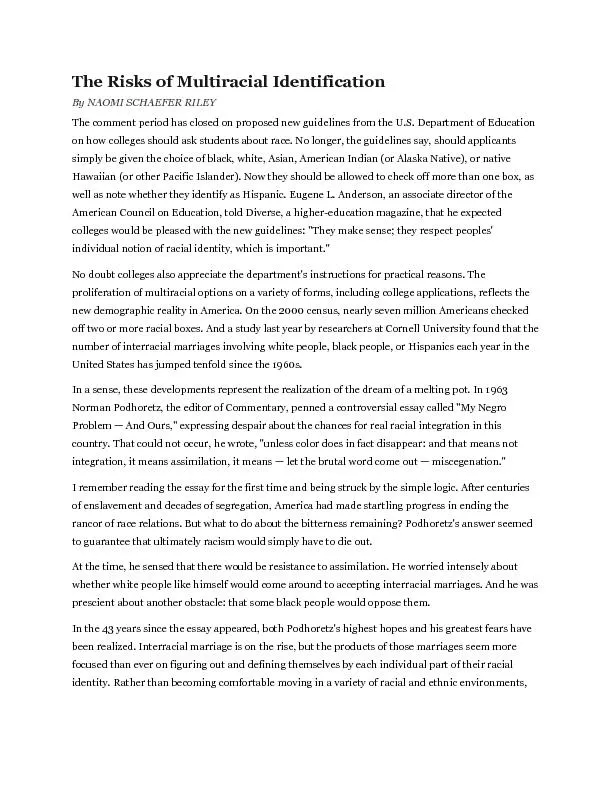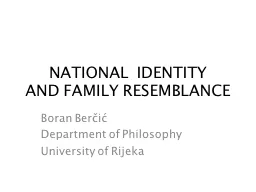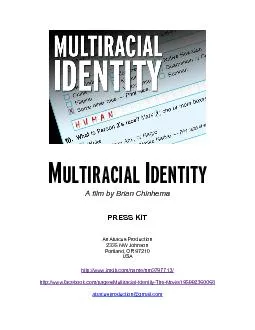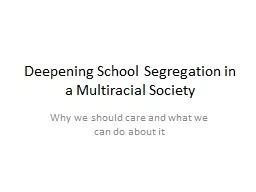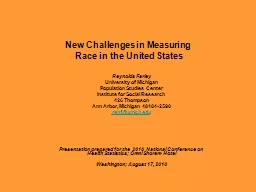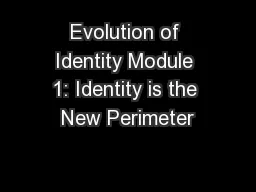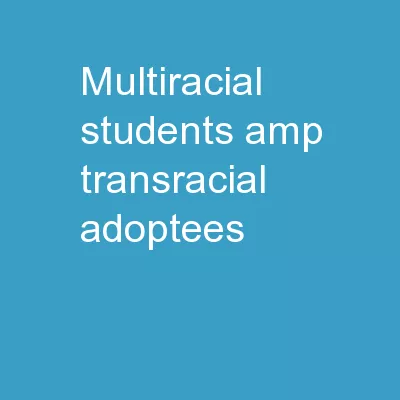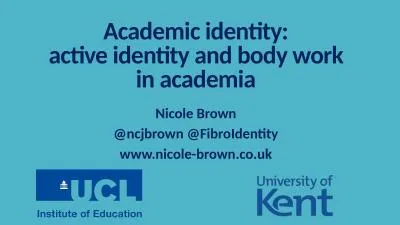PPT-Multiracial Identity:
Author : natalia-silvester | Published Date : 2016-11-23
A Limitation or an Asset Rania Murr OampL 656756 Fall 2011 Student Development in College California has become one of the most ethnically culturally and linguistically
Presentation Embed Code
Download Presentation
Download Presentation The PPT/PDF document "Multiracial Identity:" is the property of its rightful owner. Permission is granted to download and print the materials on this website for personal, non-commercial use only, and to display it on your personal computer provided you do not modify the materials and that you retain all copyright notices contained in the materials. By downloading content from our website, you accept the terms of this agreement.
Multiracial Identity:: Transcript
Download Rules Of Document
"Multiracial Identity:"The content belongs to its owner. You may download and print it for personal use, without modification, and keep all copyright notices. By downloading, you agree to these terms.
Related Documents

